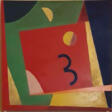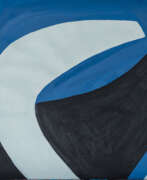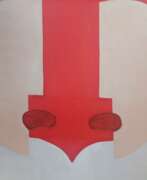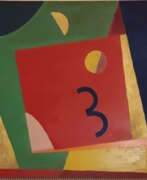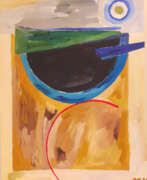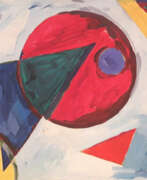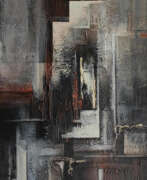Geometric abstraction

Geometric abstraction
Geometric abstraction is an artistic movement that emerged in the early 20th century, characterized by the use of simple geometric forms and shapes to create nonobjective compositions. This art form strips away the semblance of reality and instead uses the intrinsic qualities of shape and space to evoke a sense of purity and simplicity.
This movement was pioneered by artists like Kazimir Malevich and Piet Mondrian, whose works transcended traditional pictorial art forms to explore the spiritual and intellectual dimensions. Malevich's Suprematism and Mondrian's Neo-Plasticism laid the groundwork for geometric abstraction, with their emphasis on flatness, primary colors, and geometric forms creating a new visual language.
The merits of geometric abstraction lie in its ability to communicate complex ideas and emotions through minimalistic means. The style is known for its precision, balance, and clarity, providing a visual experience that is both meditative and intellectually engaging. It has inspired countless artists and continues to influence modern and contemporary art.
Notable works of geometric abstraction are housed in prestigious institutions worldwide, including the Museum of Modern Art in New York and The Metropolitan Museum of Art. These pieces stand as testaments to the enduring appeal of the movement and its significance in the history of art.
For collectors, auctioneers, and art experts, geometric abstraction offers a realm of exploration into the essence of visual language. Its historical importance and aesthetic value make it a compelling focus for any collection.
To stay informed on the latest sales and auction events related to geometric abstraction, sign up for updates. This subscription is a resource tailored for aficionados, ensuring you're the first to know about new opportunities to acquire pieces from this pivotal art movement.
| Country: | America, Europe |
|---|---|
| Start of the period: | 1900 |
